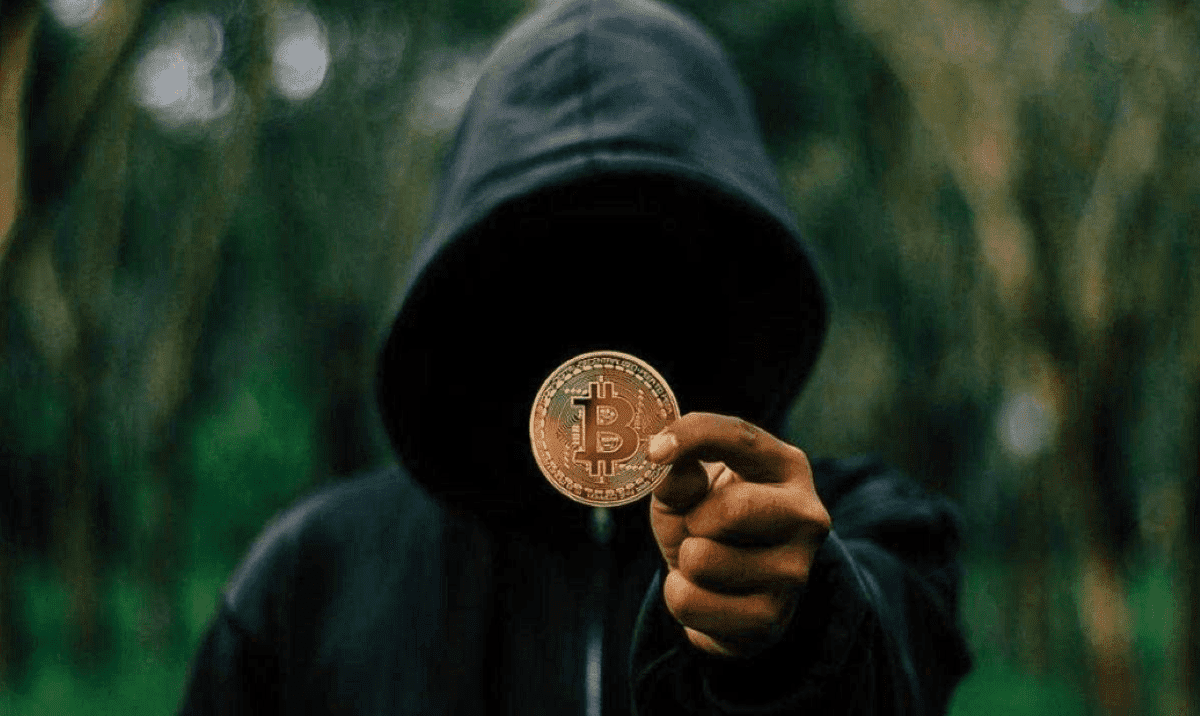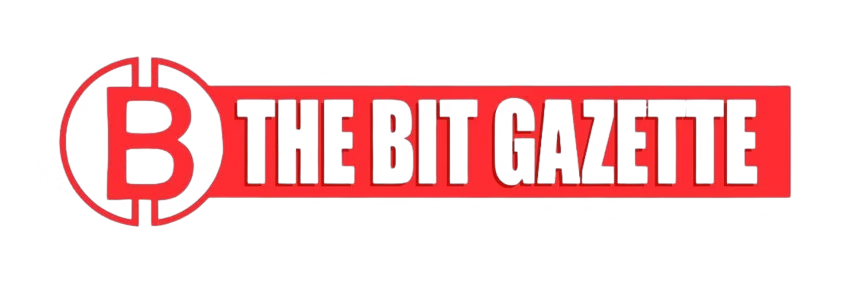The stablecoin sector has grown into a $270 billion industry, cementing its role as a bridge between cryptocurrencies and traditional financial systems. Once used primarily by traders to hedge volatility, stablecoins are now increasingly deployed for cross-border payments, dollar access in emerging markets, and even day-to-day transactions.
This expansion highlights the rapid pace of global stablecoin adoption, a trend that is reshaping both financial infrastructure and regulatory priorities. Policy makers around the world are confronting the dual challenge of enabling innovation while safeguarding monetary stability.
“Stablecoins are no longer niche financial tools. They are becoming a critical part of the global payments ecosystem,” — Tobias Adrian, Director of Monetary and Capital Markets, International Monetary Fund (IMF).
U.S. leads with new regulatory frameworks
In the United States, President Donald Trump has signed the Genius Act, a landmark bill that creates a regulatory framework for U.S. dollar–pegged stablecoins. The legislation sets capital requirements, governance standards, and reserve mandates for issuers — a signal that Washington intends to take a leadership role in shaping global stablecoin adoption.
Meanwhile, Wyoming, a state that has positioned itself as a hub for blockchain innovation, launched the Frontier stablecoin on the Avalanche blockchain. State officials described it as a pilot for how subnational governments might integrate digital assets into public finance.
“Subsidizing crypto mining risks distorting energy markets,” an IMF spokesperson warned in a separate statement earlier this year, reflecting broader concerns about the knock-on effects of unregulated digital assets. Regulators argue that establishing stablecoin guardrails is essential to avoid similar systemic risks.
Asia steps forward with yen-backed innovation
The momentum is not confined to the U.S. Asia has emerged as another key battleground for global stablecoin adoption. Japan is preparing to approve its first yen-denominated stablecoin, JPYC, which will be backed by liquid assets and government bonds. Officials in Tokyo say JPYC will maintain a one-to-one peg with the yen, representing a milestone in integrating stablecoins into regulated financial markets.
Hong Kong, meanwhile, has introduced its own licensing and oversight framework for issuers, signaling that Asian financial centers intend to compete for leadership in this fast-growing sector.
“Japan’s entry into the stablecoin market marks an inflection point for Asia,” — Yutaka Mori, Senior Advisor, Japan Financial Services Agency (FSA). “The fact that JPYC is backed by government bonds shows a commitment to stability and trust.”
Market leaders and political entrants
The rise of global stablecoin adoption is also being shaped by competition among issuers. Tether (USDT) remains the largest player, supported by U.S. Treasuries, Bitcoin, and gold. Circle’s USD Coin (USDC) continues to expand across multiple blockchains, while Dai (DAI) maintains its decentralized model backed by collateralized crypto assets. New entrants like Ethena’s synthetic stablecoin USDe are experimenting with arbitrage-based mechanisms to preserve price stability.
One of the most politically significant launches is USD1, the stablecoin unveiled in 2025 by President Trump and his family through World Liberty Financial. Backed one-to-one by U.S. Treasuries, cash, and equivalents, and managed by BitGo, USD1 operates on Ethereum, Binance, and TRON. Its debut illustrates how global stablecoin adoption is increasingly tied to state-level policy and political agendas.
“The introduction of USD1 shows that stablecoins are moving from private innovation into the realm of national financial strategy,” said Sheila Bair, former chair of the U.S. Federal Deposit Insurance Corporation (FDIC).
The road ahead
As global stablecoin adoption accelerates, policy makers are under pressure to balance innovation with stability. Clearer rules may help unlock the benefits of stablecoins for payments and financial inclusion, while minimizing risks to monetary sovereignty and capital markets.
The coming year will be decisive, as jurisdictions from Washington to Tokyo finalize their frameworks. Whether through U.S.-led initiatives, Asian experiments, or political projects like USD1, the trajectory of global stablecoin adoption is set to play a defining role in the next phase of digital finance.











